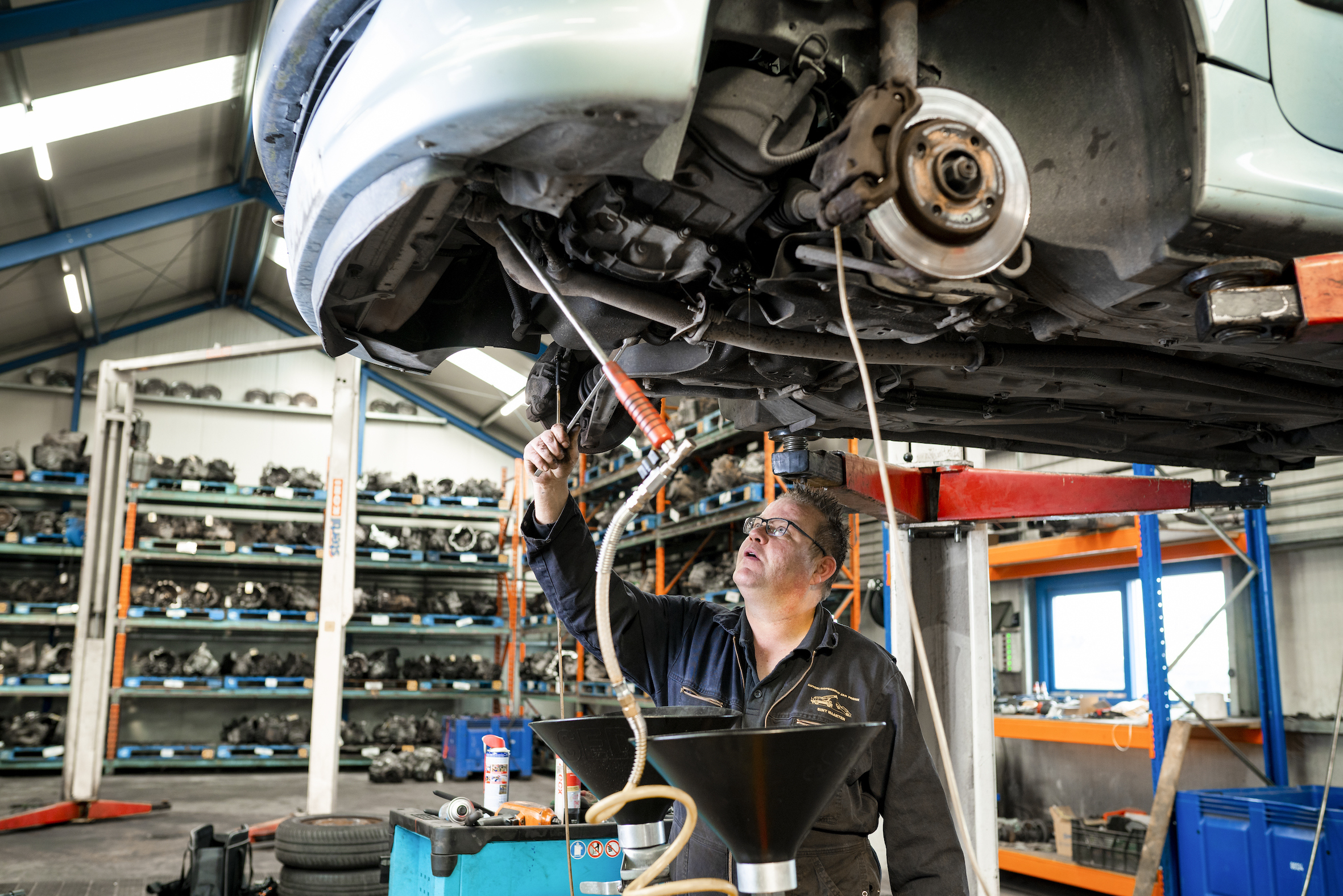Vision and mission
ARN stands for car recycling – but as sustainably as possible.
It’s something we do, in concert with all parties in the sector.

Mission
Ensuring that both now and in the long term, at least the legal objectives for vehicle and battery recycling are achieved responsibly and at acceptable costs.
Vision
The recycling of motorised vehicles contributes to the circular economy, without damaging the natural or living environment. What is not possible today, will be possible tomorrow.
Long-term ambition: We aim to ensure that by 2050, through gradual steps facilitated in part by us, the chain itself entirely manages the reuse and recycling of motorized vehicles, shares knowledge about it, and reports on it. Thus, it will be capable of continuing to achieve recycling goals independently.
Scenarios for a sustainable future
The rapidly changing situation in the automotive sector is creating new challenges for recycling. The objective is to also achieve high recycling percentages for electric cars and their batteries. Looking further into the future, ARN has worked out scenarios for the “conventional car”, the “connected car” and the “circular car”. However, rather than be perceived as blueprints, these scenarios should be seen as inspiration.
In the “conventional car” scenario, the vehicle is powered by a combustion engine but has more and more light components made of plastics. This is making recycling increasingly difficult, to the extent that recycling companies are approaching the limits of their capabilities.
Digitalisation moves forward in leaps and bounds in the second scenario, the “connected car”. These smart cars, which run on batteries, connect digitally with their surroundings and more and more options for sharing them or subscribing to them are becoming available. Car manufacturers are increasingly acknowledging the importance of making it easier to recycle cars and they are doing just that, although a surplus of electronics is leading to additional waste. In this scenario, dismantling and recycling will have to be adapted accordingly. Which is why, together with our partners, ARN is seeking the best solutions.
In the third scenario, that of the “circular car”, its parts and materials can be fully reused or recycled. We haven’t gotten to the circular car yet, but it does seem to be the next logical step towards the future. The circular car will partly be made of bioplastics, which are easy to recycle. But the recycling process will also be different for the circular car, which is why we at ARN, along with our partners, are already thinking about a circular-car future. The bottom line remains being able to achieve the most complete level of recycling as possible.
Partnerships in recycling
To underpin optimum car-recycling processes, we at ARN will continue to work closely with importers and intermediaries, as well as with collection companies, dismantling companies, shredding companies and processing companies.

A level playing field
We are committed to giving everyone a level playing field that is both reliable and transparent. Outside the chain, ARN seeks collaboration with universities, research institutes and companies, so that we can innovate in the area of recycling techniques and materials.
Changes are taking place quickly in the automotive sector. Technological innovations are increasing possibilities so that more and more can be harvested through recycling. The challenge is to continuously facilitate responsible and optimum recycling, even in a future in which cars are rapidly becoming more complex.
Newsletter